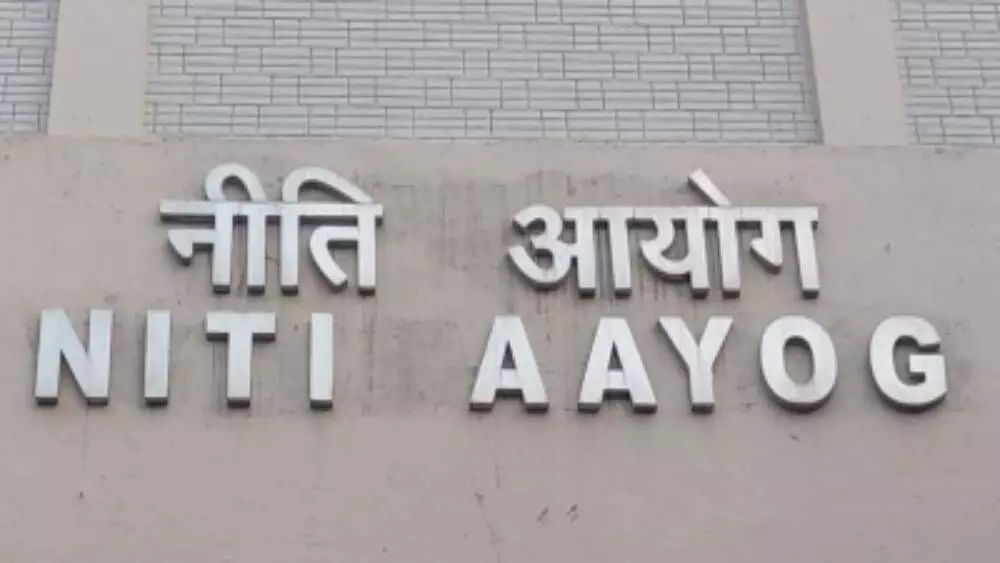NITI Aayog launches guide for setting up EV charging points
To enhance the necessary infrastructure to facilitate a rapid transition to electric mobility in the country, the NITI Aayog on Thursday released a handbook to help state governments and local bodies to frame policies and norms towards setting up charging networks for electric vehicles.
image for illustrative purpose

New Delhi, Aug 12 To enhance the necessary infrastructure to facilitate a rapid transition to electric mobility in the country, the NITI Aayog on Thursday released a handbook to help state governments and local bodies to frame policies and norms towards setting up charging networks for electric vehicles.
Jointly developed by the NITI Aayog, the Power Ministry, the Department of Science and Technology, the Bureau of Energy Efficiency, and the World Resources Institute, India, the handbook provides a systematic and a holistic approach for adoption by implementing authorities and other stakeholders involved in planning, authorisation and execution of electric vehicles charging infrastructure.
It presents an overview of the technological and regulatory frameworks and governance structures needed to facilitate electric vehicles charging, and focuses on the present needs of charging infrastructure development while considering the evolving nature of the sector.
The transition to electric mobility is a global strategy in the fight against climate change, on which India has expressed ambitious aspirations.
"The electric vehicles ecosystem in India is evolving rapidly and there are several players entering the charging infrastructure market. This handbook provides holistic governance for public and private stakeholders to work together in establishing robust and accessible EV charging networks," NITI Aayog CEO Amitabh Kant said.
Electric vehicles charging is a new type of power demand for discoms, which play a pivotal role in providing seamless power supply connections for charging facilities and ensuring that the electrical distribution network has the requisite capacity to serve this demand.
"The Ministry of Power and its central nodal agency for the establishment of charging infrastructure for EVs in India i.e. the Bureau of Energy Efficiency (BEE), are working closely with discoms and state agencies in overcoming barriers to charging infrastructure implementation, for which this handbook will be greatly helpful. With the rapidly growing share of renewables in the energy mix in the country, the benefits from transition towards e-mobility are only expected to become more significant in the coming years," Power Secretary Alok Kumar said.
While the Ministry has set a national target of having at least one charging station for every 25 km on a highway, setting granular targets and plans is up to urban local bodies or state nodal agencies.
The handbook is primarily meant for implementing authorities like municipal corporations and discoms but also highlights regulatory measures that can further ease the process of installing charging infrastructure.

